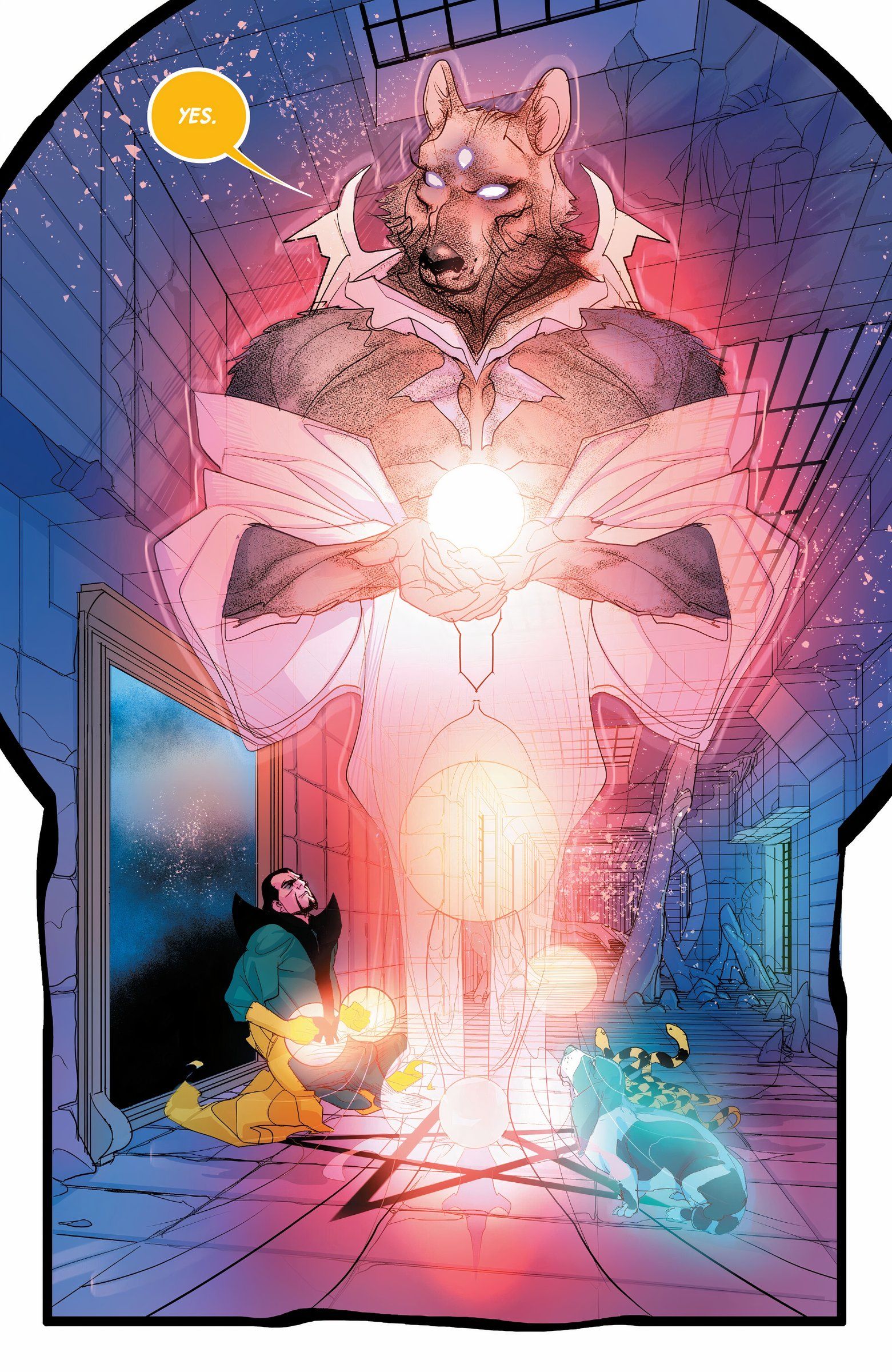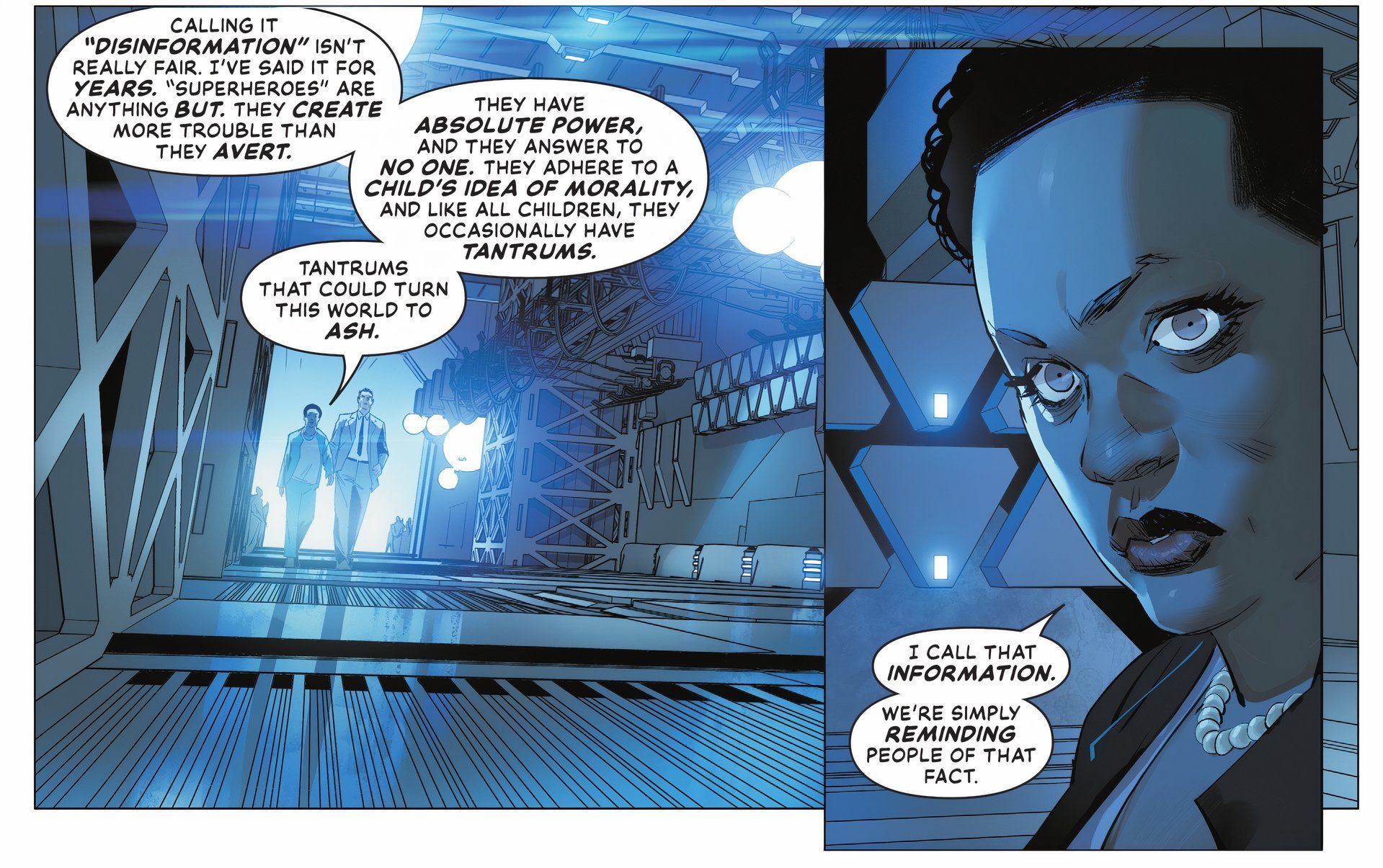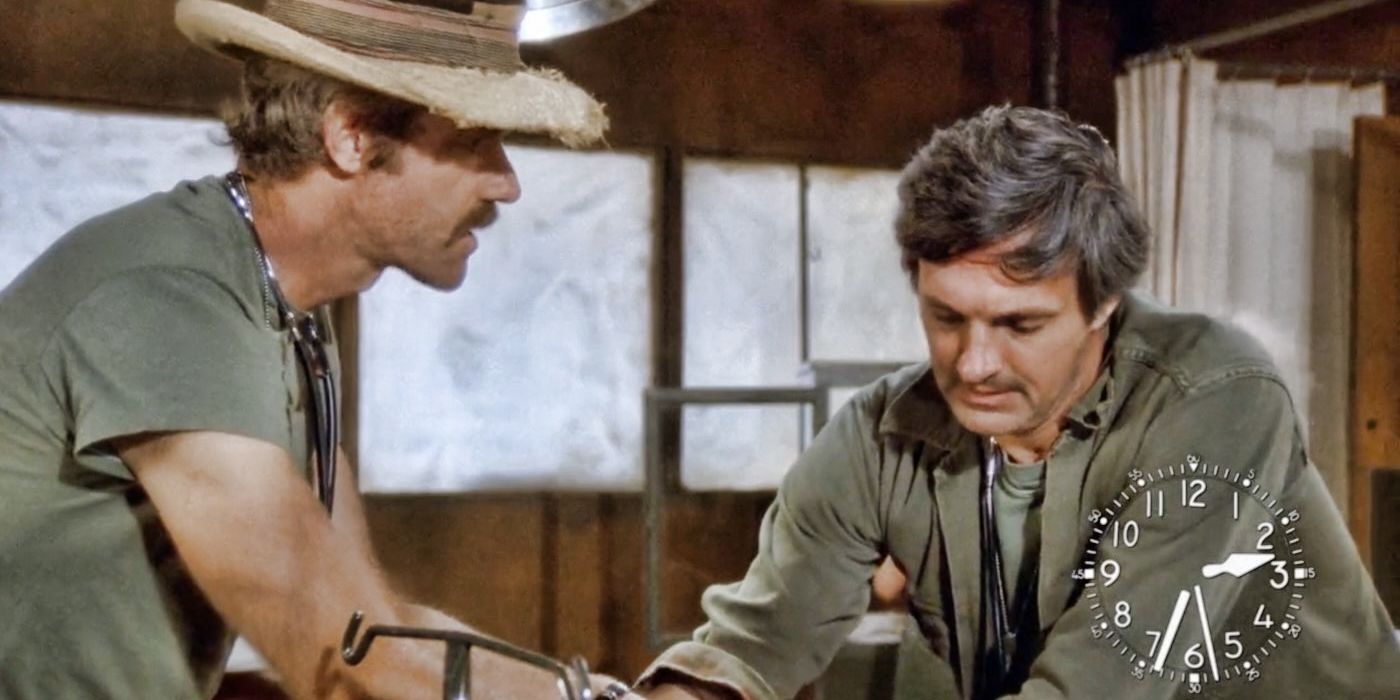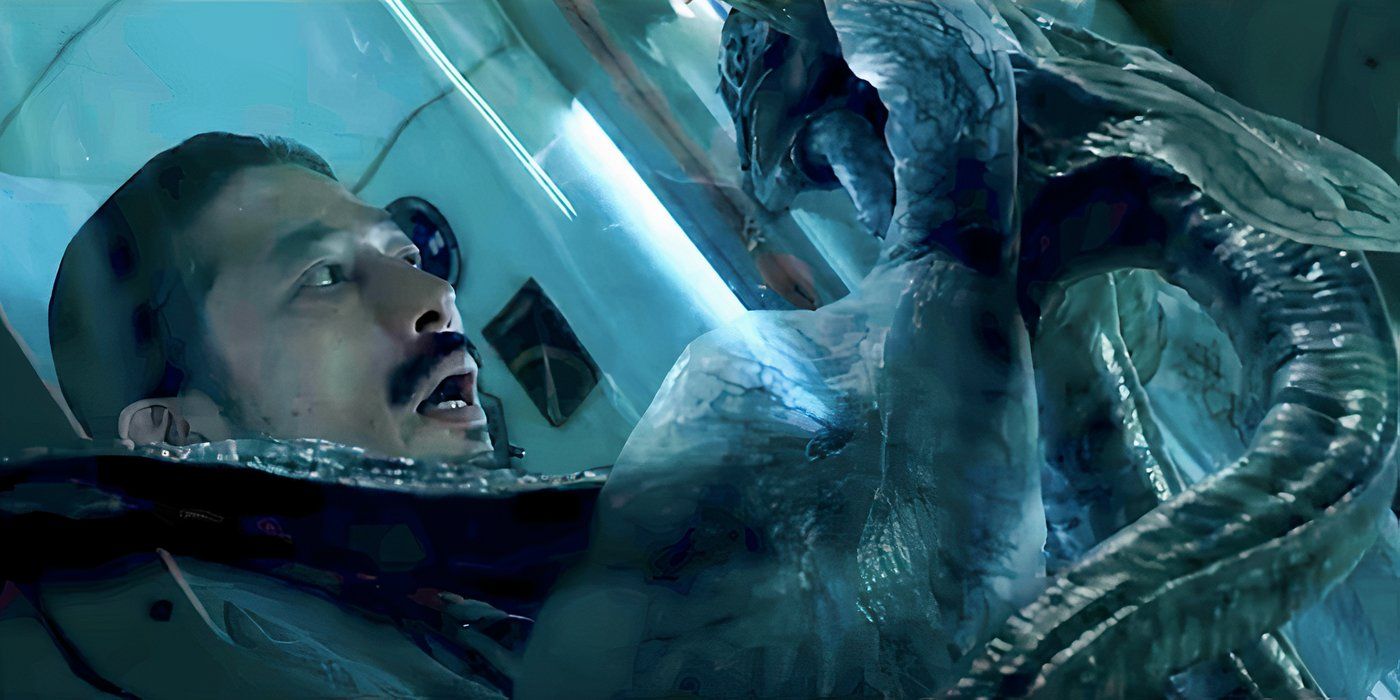The murals featured in Midsommar do more than highlight the Swedish backdrop of the film—they predict key plot points in the movie. As Ragnar Persson, the artist who created the works suggested in his interview with Dazed Digital, the murals are like the Midsommar script in art form.
Midsommar tells the story of a young woman named Dani (Florence Pugh) who tragically loses her sister and parents to a murder suicide. She turns to her aloof boyfriend Christian (Jack Reynor) for support. He begrudgingly invites her to a trip to Hårga, Sweden with him and his friends. What they thought was an idyllic summer festival turns out to be a bizare competition at the hands of a Pagan cult.
The film’s dual-sided ethereal and eerie tone is one of the elements that makes Midsommar a memorable film, and the murals heighten that atmosphere. In fact, they were created to have that very purpose. Here’s a closer look at the mural artwork in Midsommar and how they tie into director Ari Aster’s deep love for symbolism.
Everything The Murals Predicted About Midsommar’s Plot
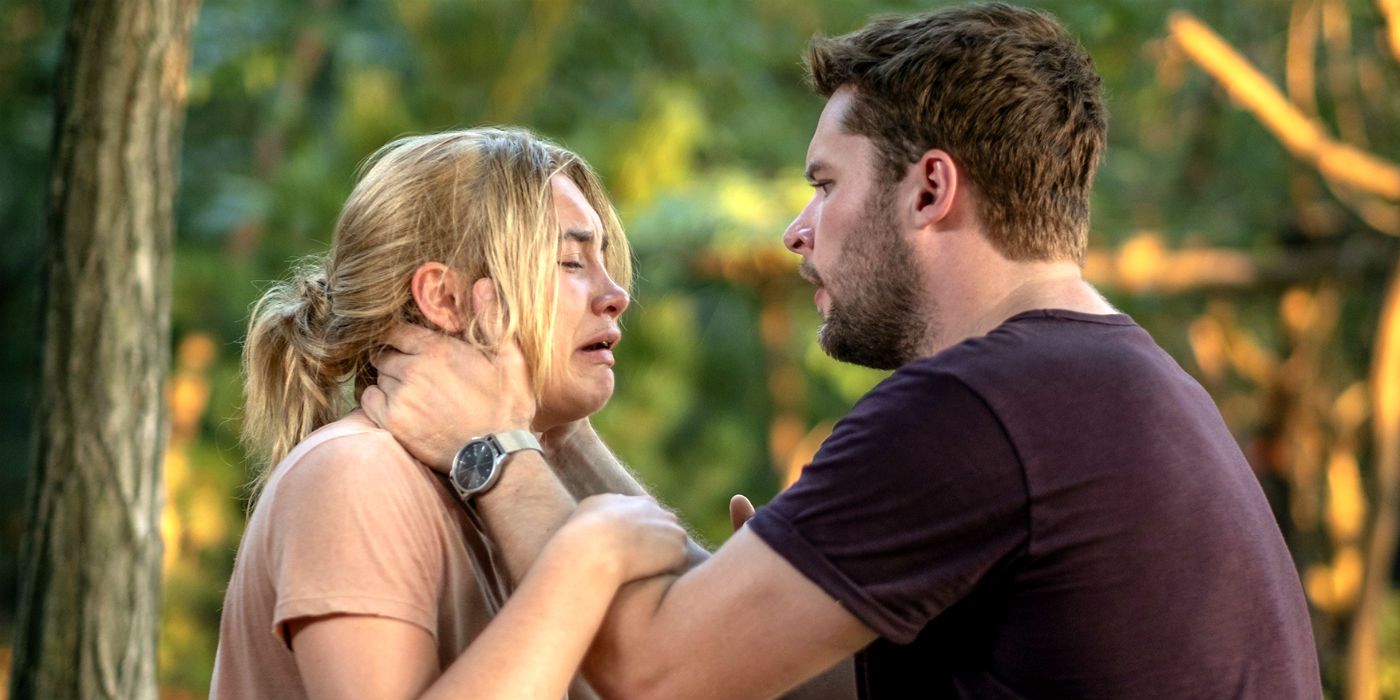
Midsommar features Persson’s work throughout through the film, foreshadowing nearly everything that’s going to happen to Dani and the rest of the group in Sweden. With help from his collaborator, graphic designer Nille Svensson, the murals include nods to the Hårga’s culture and customs. The first painting depicts the maypole dancing competition that Dani goes on to win in the final act of Midsommar. This particular mural has hidden meanings in the clouds in the sky and on the women’s dresses, as the parting clouds symbolize the act of bringing in light and the designs on the dresses symbolize the women “flying” in the dance in their competition to become May Queen.
The next two murals represent one of the earliest shocking scenes to take place in Hårga, when two elders willingly jump off a cliff to their deaths in an act referred to as the ättestupa. The first painting depicts the first steps of the act, as an elder slits his wrists before jumping, with flowers flanking him on either side to represent fertility and regeneration. The second mural doesn’t depict an exact moment from the film, but instead a ritual that comes before the ättestupa. The elders intending to jump are shown blindfolded and walking around a house with torches. The symbolism in this Swedish painting goes back to the livelihood of the community.
The final two foreboding murals are centered on two of Christian’s experiences in Hårga. The first is two women looking upon a couple having sex, which foreshadows the fertility ritual that Christian is coerced into participating in. The very last piece of art represents what has probably become the film’s most iconic scene—Christian burning alive within a bear carcass in Midsommar‘s ending. The mural itself only features a bear burning alive, not a person inside of it. The symbol of the bear is something of great importance to Norse mythology. The bear is considered the spirit of their ancestors, and wearing their skins was considered the closest way to get to Odin.
The murals in Midsommar only just scratch the surface of Aster’s detail-oriented approach to filmmaking and deep respect for symbolism and hidden details. From Dani’s dead family members subtly appearing in the background of multiple scenes in the movie to blood being smeared in the shape of a specific symbol, Aster meticulously planned every shot of the movie.
How Midsommar’s Murals Were Made
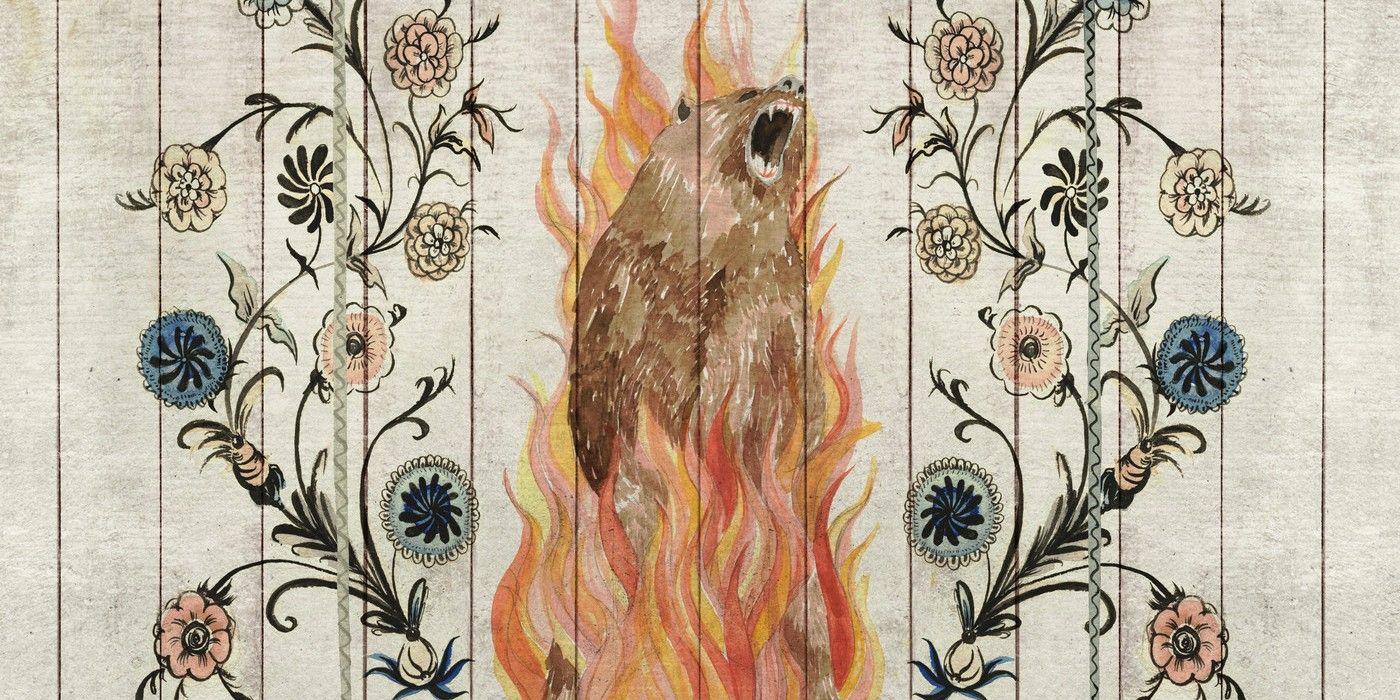
Aster had a strong sense of how he wanted Midsommar to look and feel, and the murals were an important part of that. Persson had a connection with Midsommar‘s production designer, Henrik Svensson, and that got the ball rolling. Once Aster and Persson aligned their visions, Persson began researching the Hälsinge style of art from the 1800s and 1900s. Persson visited a theme park in Stockholm for research, as it was decorated in the style of Hälsinge.
In addition to the thorough research, Persson had to incorporate an important request from Aster—the murals needed to include a lot of blood and sex. This isn’t something that would typically be found in the 1800s style of art, so Persson had to blend history with Aster’s vision. Putting a horror spin on something previously considered to be pure, or at least neutral, has become a trademark’s of Aster’s style of filmmaking. In his debut film Hereditary, he did it with family. With Midsommar, he did it with a quaint Swedish community.
Why Murals & Imagery Are So Important In Ari Aster’s Movies
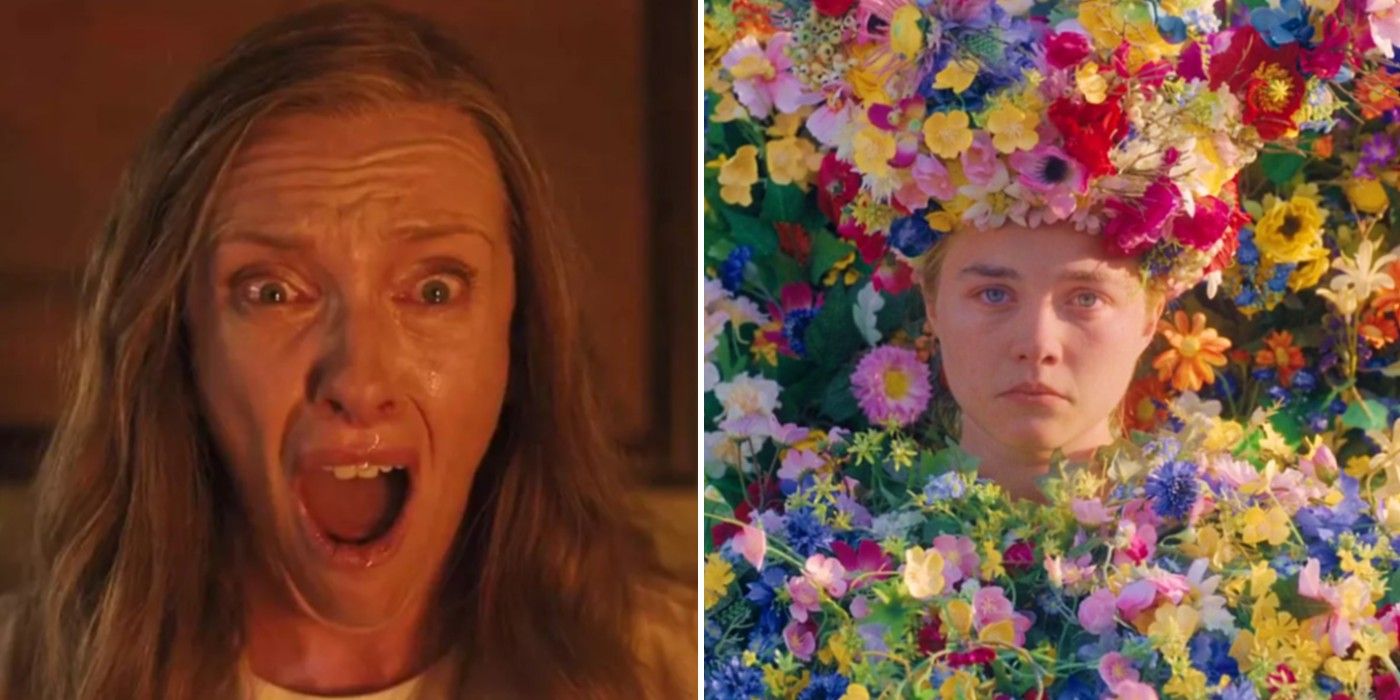
Murals and imagery are important to Aster’s films for the symbolism that they hold. Aster uses imagery to challenge his audience, and to bring them back for multiple views. He aims to make the viewer uncomfortable and get them to question the reality of the film they are watching. It’s safe to say that Aster succeeded in that goal as his two films, Hereditary and Midsommar, are considered to be two of the most unsettling additions to the horror genre in recent years.
In both films, Aster plays with imagery in multiple ways that urge the viewer to second guess themselves. He deploys that in Hereditary by playing with lighting to unveil hidden details in the room. Many times within the movie, a scene starts off by focusing on one person or event. Then, a shift in lighting reveals a foreboding figure in the background. In Midsommar, it’s all about doubling down on the dual nature of the Hårga community. On the surface, the Hårga and the Hälsinge murals that depict their culture make the community seem peaceful and idyllic. A second look shows that there’s something truly sinister buried deep within the people and their culture, as displayed with the bloody imagery woven within the murals and the ghosts of Dani’s family scattered throughout the village.
Both films are an impressive feat for a filmmaker who is still relatively early in his career. Midsommar built upon the impressive, detail-oriented style that Aster laid down in Hereditary. In 2020, Aster announced that his next project will be a four-hour nightmare comedy, which will no doubt continue to expand upon his filmmaking style of leaving his fans scared, quizzical and eager for more.
